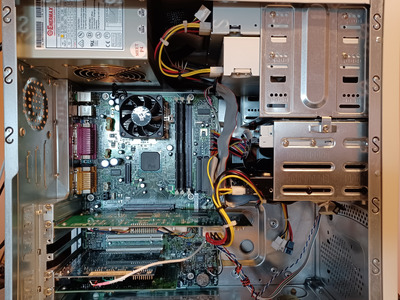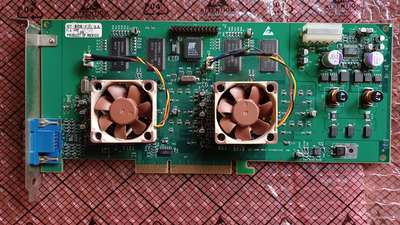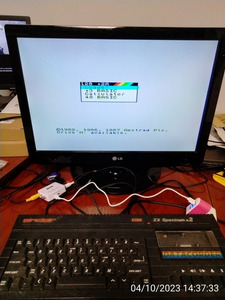Reply 24160 of 27549, by Kahenraz
- Rank
- l33t
Iarsin wrote on 2023-04-09, 18:44:I'm more interested in a CPU-z DOS version to identify for example the Mainboard of the Unisys pw² 500 16A. I need a manual for […]
I'm more interested in a CPU-z DOS version to identify for example the Mainboard of the Unisys pw² 500 16A. I need a manual for it's dip switches/jumper settings. The imprints are a bit unclear for me to make sense of.
But I actually doubt, that some sort of diagnostics tool can identify the Mainboard, and I think, it's really only build for this PC. A 386 doesn't come with dmi or the like.
There is a manual of the pw² 300 in the driver section, though.
Anyway, a DOS version would be cool, or at least for win 3.* ...
Would it take 4*16MB fpm SIMMs 30-pin? I got some handy.
HWiNFO for DOS provides a lot of hardware information.




